|
Photography is loved by people from all walks of life, no matter how old or how young. Two students from Harrison Trimble High School: Nick Poirier and Emma Leger are prime examples. Both of these young photographers share a great passion for wildlife. At such a young age they have mastered photography skills, understand the importance of conservation, and practice ethical wildlife photography. Emma and Nick are participating in the current fundraiser, Art for AWI (Atlantic Wildlife Institute) which goes on until Thursday April 29th 2021. The goal of Art for AWI is to help raise money through a social media fine art photo auction. The fundraiser is just in time for Atlantic Wildlife Institutes' busiest time of the year: baby season. All proceeds of the bids will be donated to AWI by the photographers. Their photo prints have brought in bids of $100 on each image. It is endearing to have such talented young artists willing to put the time in and help raise money for a good cause. Nick has recently started a conservation Instagram account (@WildlifeNB) with the goal to highlight conservation achievements, and issues specifically in New Brunswick. Be sure to check out both of these talented individuals’ work! Atlantic puffin - image by Emma LegerRed fox - image by Nick PoirierYou can bid on either of the above images by visiting the below social media accounts or by emailing them directly:
Current Bids on their images: $100.00 Emma: [email protected] (Puffin image) Nick: [email protected] (Red fox image)
1 Comment
One place nature enthusiasts gravitate towards are National Parks. National Parks, by definition, are wild areas set aside for conservation, public recreation, and enjoyment. Parks have become great locations for researchers, wildlife photographers, and the general public to experience the natural world, and its inhabitants. While visiting, it is our responsibility to do so respectively, and ethically; keeping in mind that this area is not set aside for just us, it is home to a wide range of other living creatures. It is very possible to enjoy the wild residents of our Parks without having damaging consequences. Ethical wildlife viewing consists of keeping a respectful distance from animals, staying on the marked trails, not littering, speeding, and especially forgoing feeding wildlife. The red fox, a common mammal across Canada - nevertheless an animal Park goers look forward to catching a glimpse of - are admirable for many reasons: their devotion to their kits, intelligence, curiosity, and their awe-inspiring charm. This past spring, a vixen (mother) fox won over the hearts of many visitors. She worked tirelessly to raise her family. Back and forth she would go with mouthfuls of red squirrels, birds, moles, voles, and shrews to feed her kits. A very capable hunter, and provider for her offspring. A wild animal, that should have been left just that; wild. Fast forward a few weeks: after making her way, up and down the Park roads as she hunted along the ditches, day after day; she became a well-known sight. Once visitors started seeing her, word spread, and quickly. Although the National Park was a lot less busy than most years due to Covid19, it still had a fair number of regular visitors; and some coming to visit the foxes specifically. The next part of this story is why I frequently preach the importance of keeping wildlife locations to yourself; and to never share locations over social media (and why I avoided stating what park in which this happened, in case foxes do return in the near future). Unfortunately, once word is out about a location, it cannot be retracted. Not everyone that meets wildlife will be subservient, and abide by the rules implemented to keep both visitors and wildlife safe. Some individuals started bringing food specifically to go feed these animals. Often, this behaviour is associated to unethical wildlife photographers; a method to lure wild animals closer (also known as baiting) to capture an image. However, the visitors’ purpose was rarely to capture images of the foxes. Their motive seemed to be out of the feeling of goodwill; believing their actions were kind and helpful. Wild animals are well equipped with the skills needed to feed themselves; our help is not necessary, and interference in this case was detrimental to their survival. Foxes, being intelligent, opportunistic individuals, quickly learn to take advantage of human ignorance. Why waste energy hunting, when you can have an easy meal thrown to you by a human? When animals start associating vehicles with handouts - commonly referred to as food conditioning - problems arise. One of the problems that can develop is wild animals start advancing towards, and seeking out people for handouts. Not every visitor will be fond of a wild animal approaching them as they walk a trail, or make their way back to a parking lot, even if no malice is intended by the animal. This behaviour can be quite off-putting for some. Food conditioning wild animals to associate moving vehicles as a food source also puts them at great risk of being hit and killed. Additionally, (and importantly) feeding any wildlife within a National Park is illegal. Many of the individuals that partook in this, knew it was prohibited, whereas they refrained from doing so while Parks staff was present in the area. There is a saying, “a fed fox is a dead fox” and it exists for these reasons above. More often than not, wild animals fed by humans are later deemed a problem, and typically end up euthanized. To say I am disheartened by the situation is an understatement. I strongly believe more preventative measures could have taken place early on by Parks Canada to avoid this outcome. Proper signage could have been posted long before this matter became unrepairable, as it has been done in other National Parks when similar situations have arisen. Issuing fines to offenders from the get go could have cut down on the poor behaviour exhibited by a few of the visitors. Although Parks Canada staff ensured me that if foxes return to the area one day, that they will do better, I cannot help but feel a great sense of disappointment. There is, however, a glimmer of hope. Despite the sad loss of these animals, change may be on the horizon. After a small group of us pressured the park to put up better signage in sensitive wildlife areas, I was recently informed that the park has new signage on the way. Word is, signage to both to warn motorists about active wildlife crossing the roads to cut down on the wildlife-vehicle collisions, and signage stating that feeding wildlife is prohibited. This is definitely a step in the right direction to prevent further misfortune. To all those who enjoy wildlife from a distance, show respect, and refrain from feeding them, thank you. For those who practice unethical behaviour such as feeding (baiting), or harassing wildlife, please educate yourself on the harm of your actions. Those who know better, for the most part, do better. Luckily, I have witnessed more respect for local wildlife than unethical behaviour. Nature is complex, and we cannot let our emotions cloud our thinking or behaviour. I understand how people feel that by feeding them is caring for them, but the reality is that it will only do harm in the long run. The best way to love wildlife is to give them the chance to be wild. We need to collectively work together to improve. Through education I hope that humanity will learn to coexist with wildlife. The last few years have been disheartening, and the same stories seem to be prevalent. Part of coexistence is learning ways to prevent negative ramifications; rather than simply destroying wildlife as a quick and easy solution when conflicts occur. I am extremely disappointed in the lack of respect and mismanagement of these animals. It is time to do better. First off, I want to thank everyone for their support this year. Never in a million years did I think I'd have 15k followers on Instagram, front covers of magazines, and sold out workshops & tours. 2018 has truly been a fantastic year. I am very grateful for all the support, and really looking forward to what 2019 has to bring! As 2018 comes to an end, I thought I'd share ten of my favorite images from this past year. Mom |
AuthorMy blog where I will be sharing stories, articles, tips, my annual year in review. Archives
April 2021
Categories |
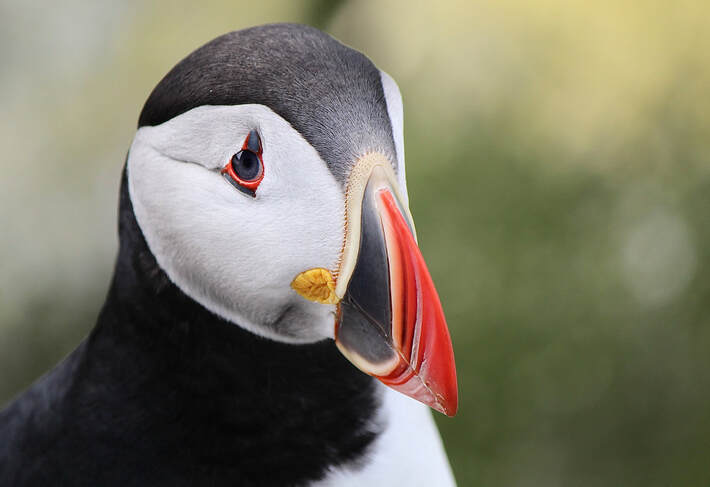
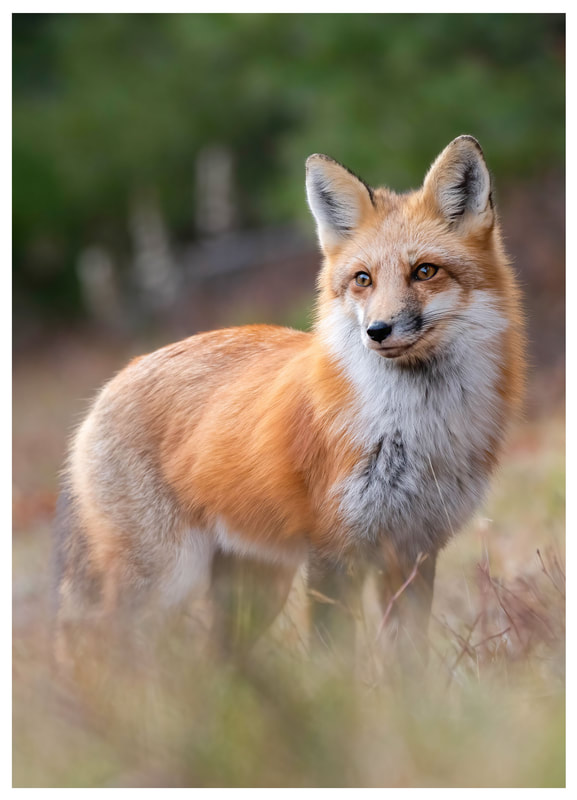
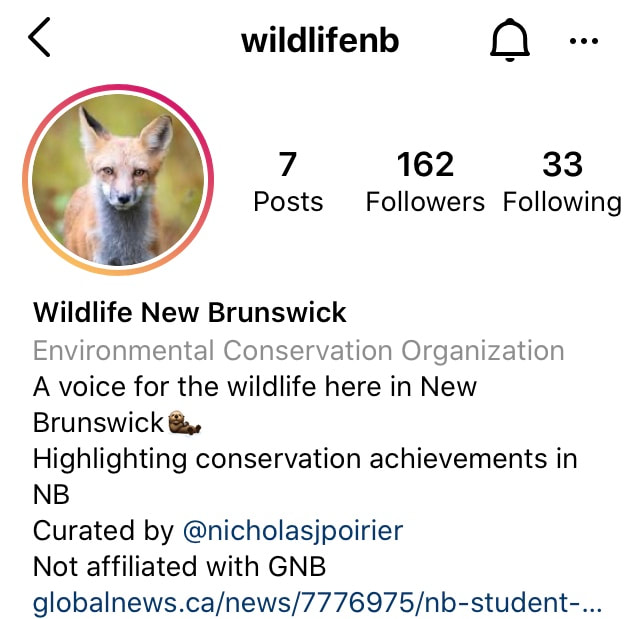
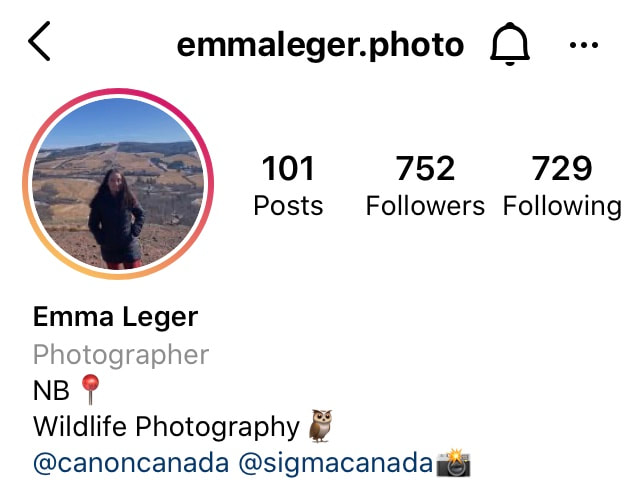

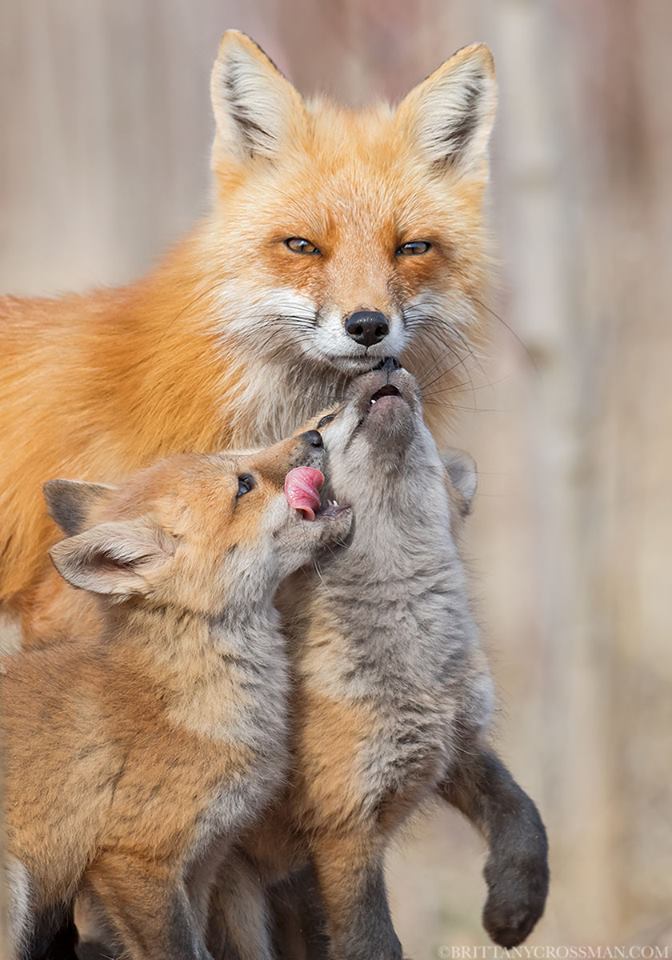
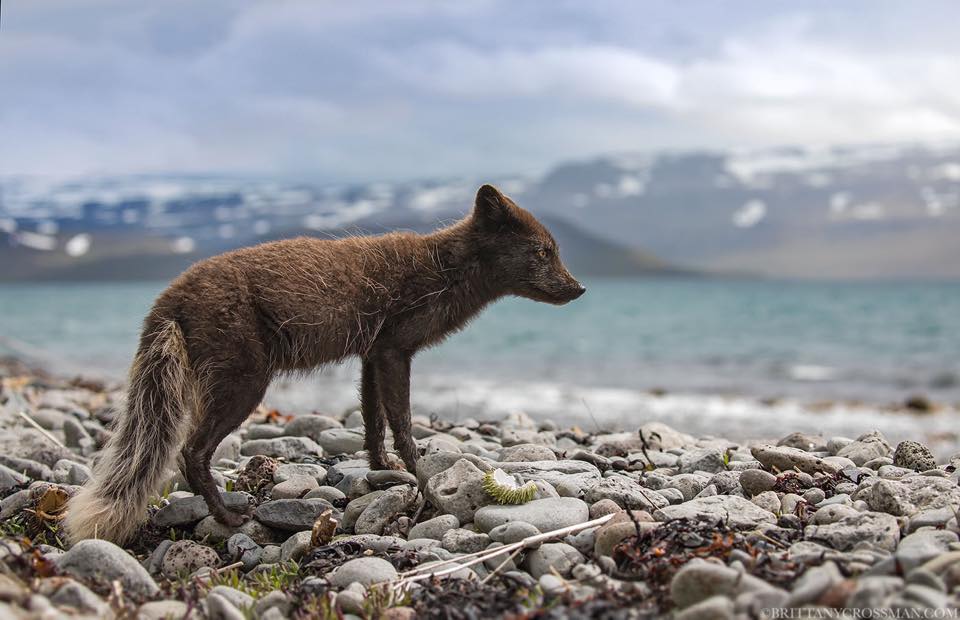
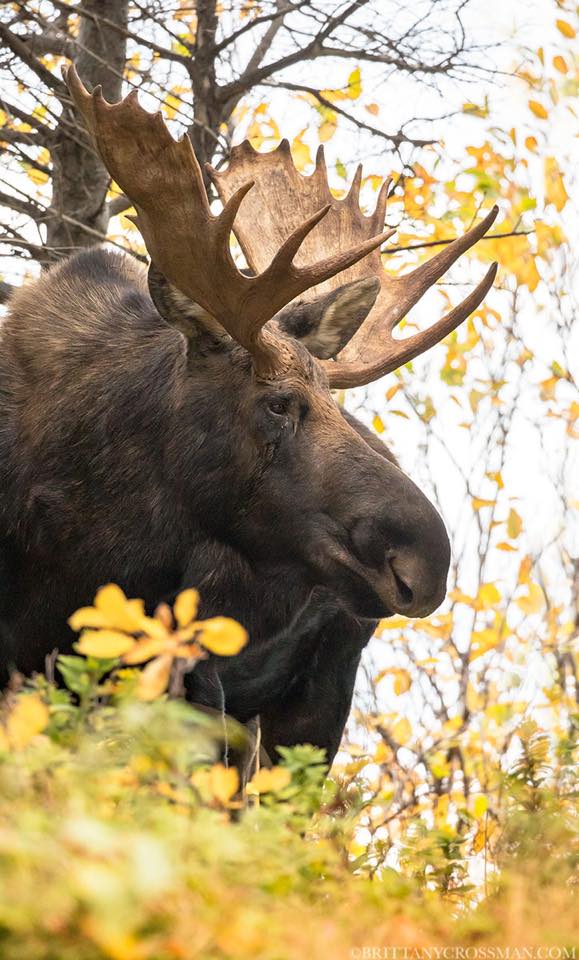
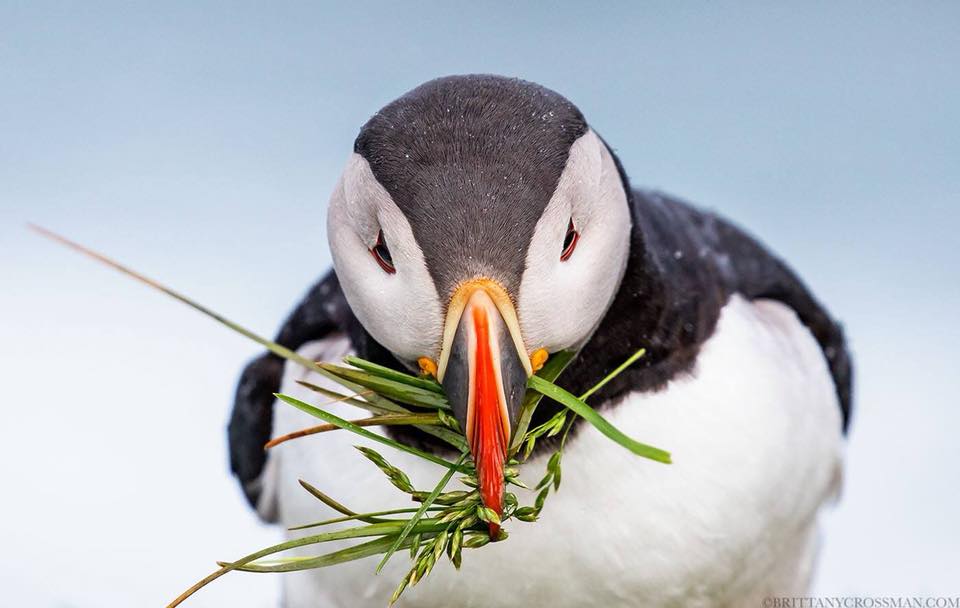
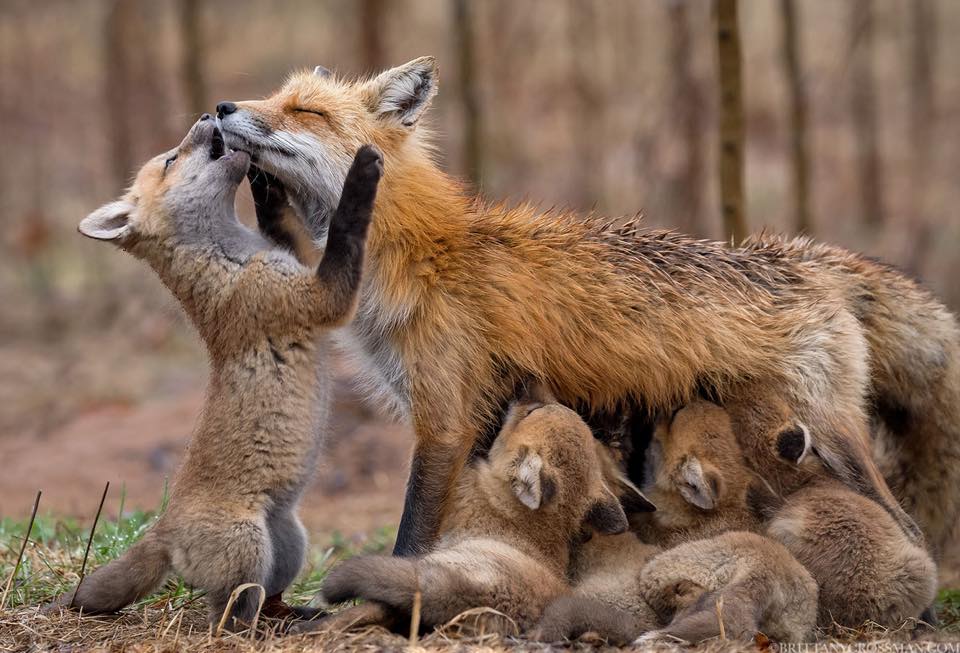
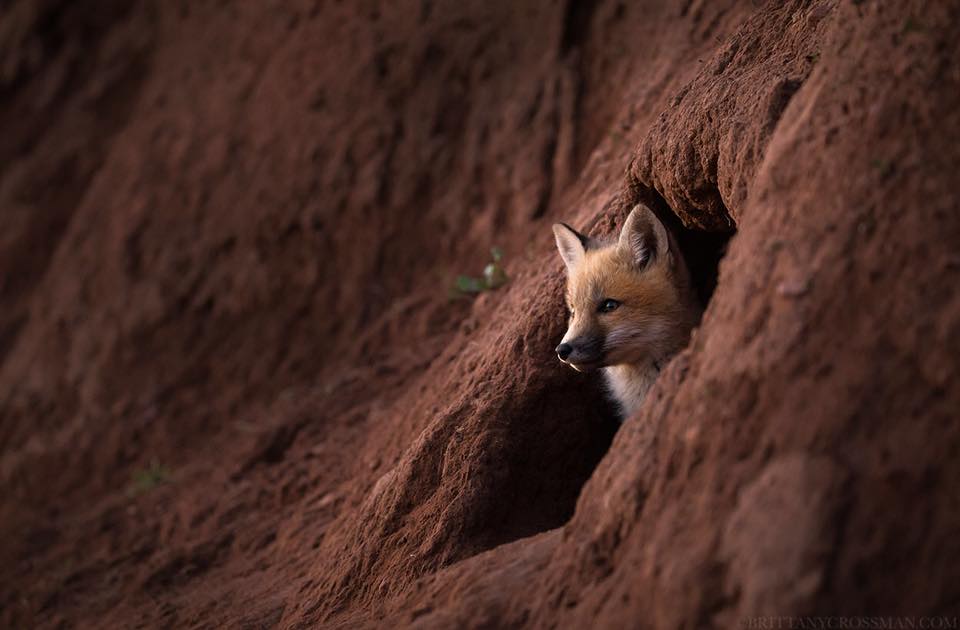
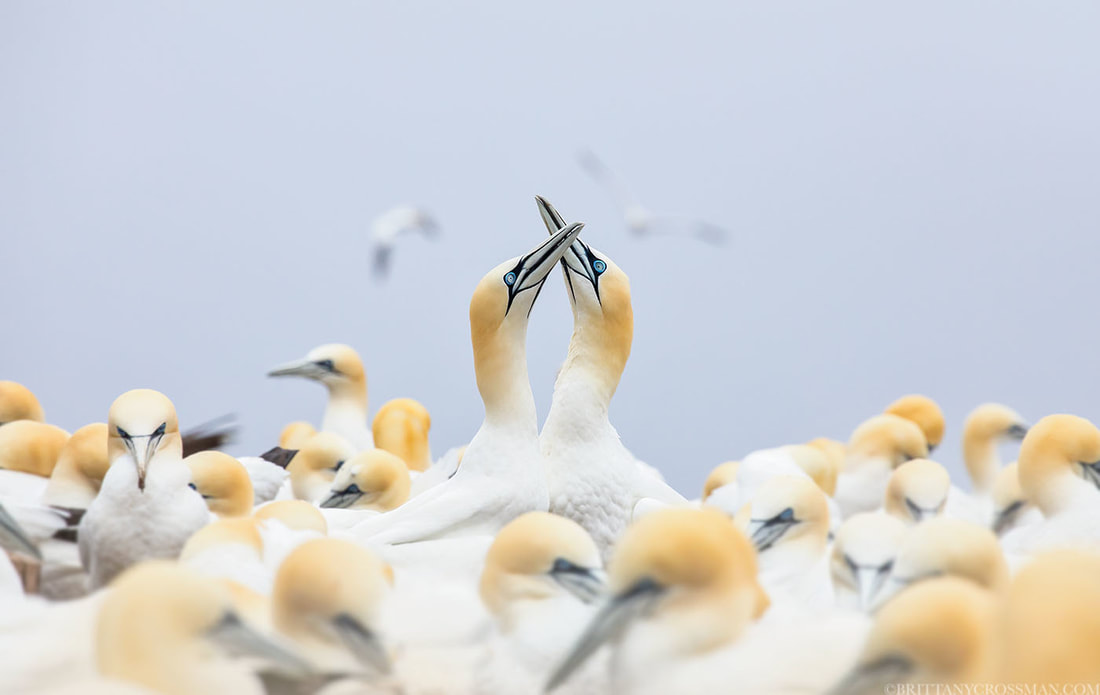
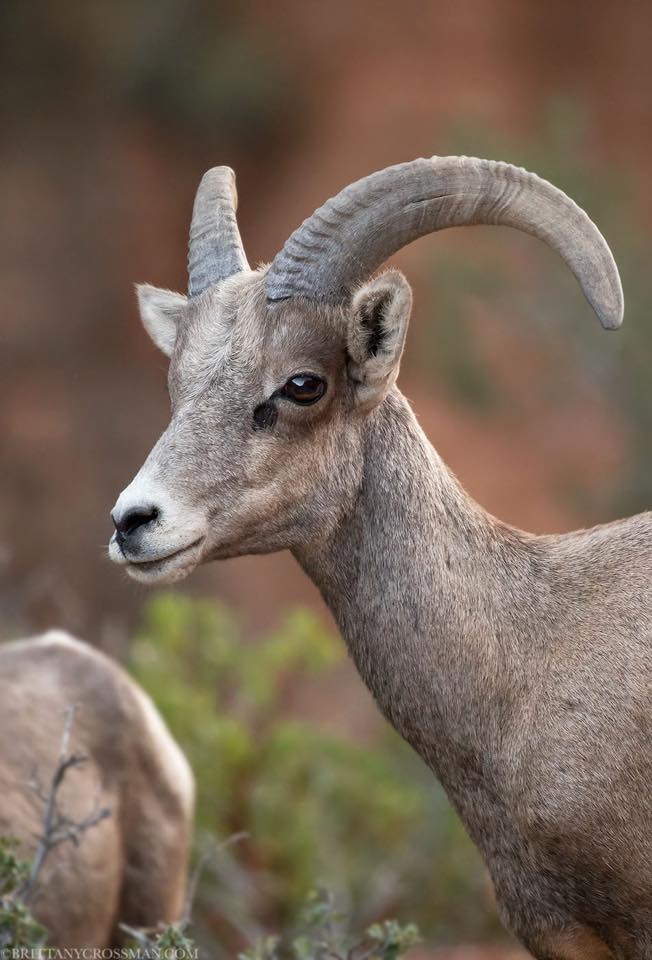
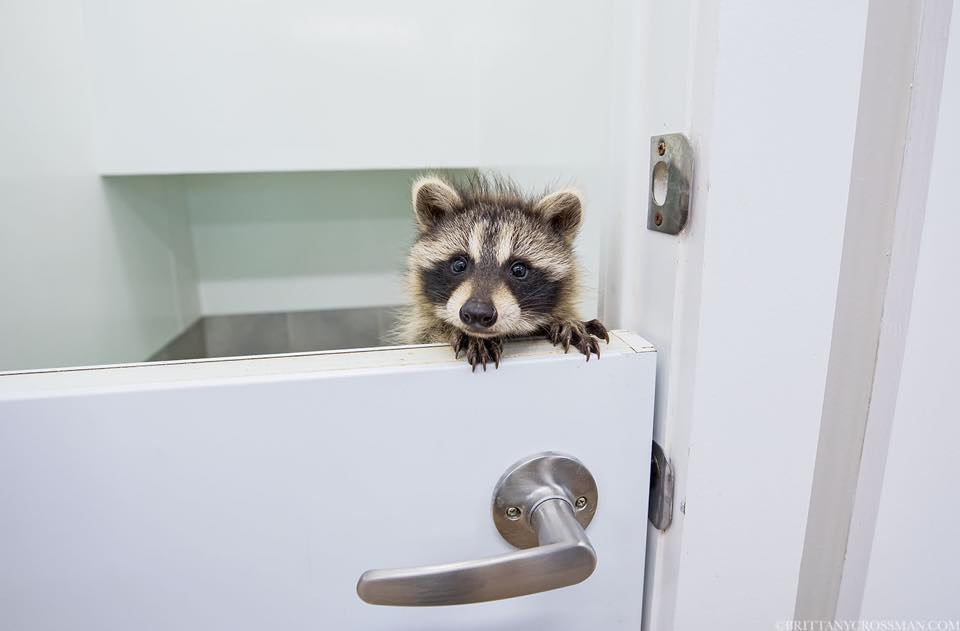

 RSS Feed
RSS Feed